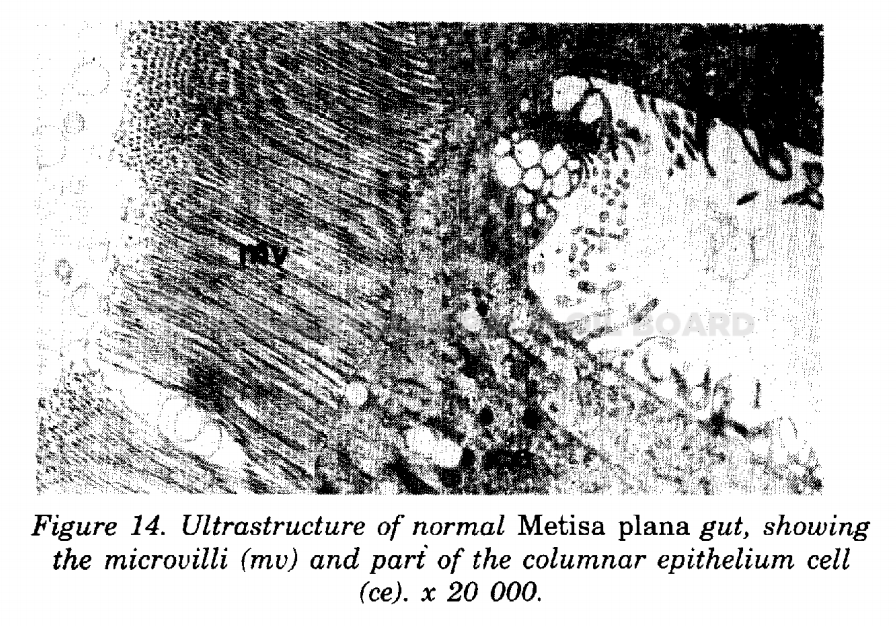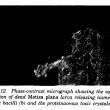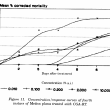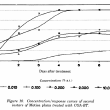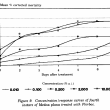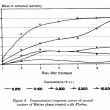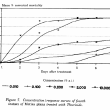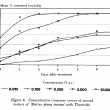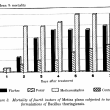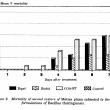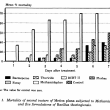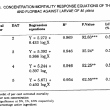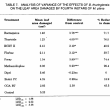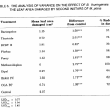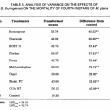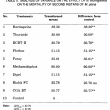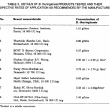Journal of Oil Palm Research Vol. 6 No. 2 1994 Dec, p. 82-101
STATUS REPORT ON THE USE OF BACILLUS THURINGIENSIS IN THE CONTROL OF SOME OF OIL PALM PESTS
Received: 24 February 1993 Accepted: 14 May 1994
Progress in the use of B. thuringiensis in the control of bunch moth (pyralidae), nettle caterpillars (Limacodidae) and bagworms (Psychidae) is reviewed. Bacillus thuringiensis Berliner (Thuricide) was more effective than diflubenzuron, cyfluthrin and endosulfan in the control of the bunch moth. Few field trials on the use of B. thuiringiensis against nettle caterpillars have been reported to date. In all reported instances except one, it was found to be ineffective.
The performance of B. thuringiensis against bagworms is similar to that against nettle caterpillars: there has been no field success. Laboratory investigations with the bagworm, Metisa plana, revealed that of the eight products tested (Bactospeine, Thuricide, BCBT II, Florbac, Foray, Dipel, Biobit FC and CGA-BT-237218), only Florbac showed some potential in control, causing 80% mortality of the fourth instars after seven days. The mortality values with the other products, as well as with Florbac against second instars, were generally less than 60 per cent.
Investigations on concentration-mortality responses revealed that a high concentration would be required to effect a 75% kill, the level regarded as acceptable for biocontrol agents. Subsequently, various suggestions are made on how to overcome the lack of potency of B. thuringiensis against the larvae of M.plana.
KEYWORDS:FIGURES & TABLES:
* Palm Oil Research Institute of Malaysia,
P.O. Box 10620,
50720 Kuala Lumpur, Malaysia.
